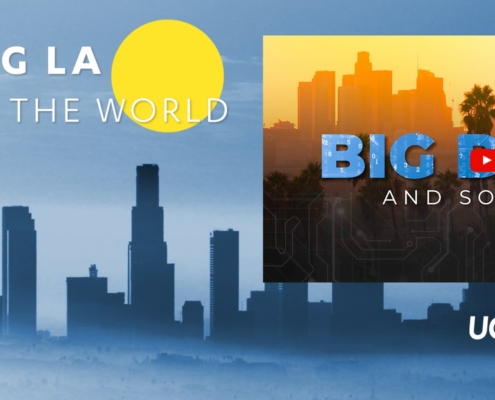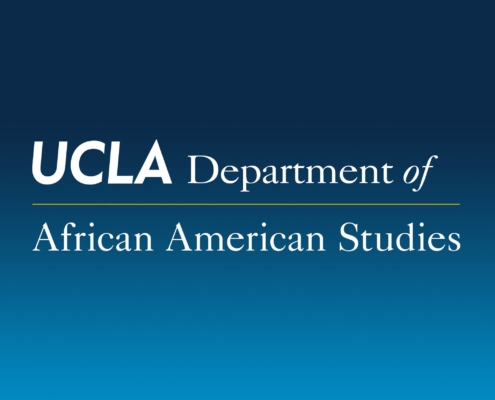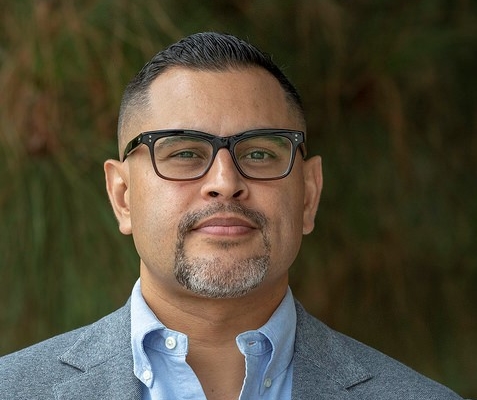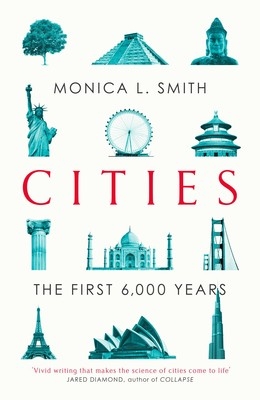Posts

LA Social Science Rising Scholars Series Featuring Graduate Students in the UCLA Race, Ethnicity, Politics, and Society Lab
LA Social Science visits the UCLA Race, Ethnicity, Politics…

UCLA Division of Social Sciences Premieres “Big Data and Society” Video
In the UCLA Division of Social Sciences, we are dedicated to…

LA Social Science Summer Course Previews: African American Studies Courses in 2020
As summer 2020 approaches, LA Social Science will be highlighting…

LA Social Science Presents “Conversations with Changemakers” Featuring Dr. Efrén Pérez (Video)
As the Director of the UCLA Race, Ethnicity, Politics and…

Cities: A Compelling Part of Human Life
Monica L. Smith is a UCLA professor in the Department of…

A Fresh Perspective: Black Life Across U.S. Cities
UCLA’s Division of Social Sciences is full of amazing faculty,…

